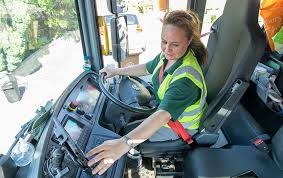Are you a beginner who wants to start adding embellishments to your knitting? If so, seed stitch is a must-learn. It is an ideal way to add interest to your knitting projects, so grab a ball of DK yarn and a pair of needles and let’s get started.
How hard is seed stitching?
Seed stitch is a fantastic way to put your newly learned skills into action. It is the best stitch to try when you are confident with knit and purl stitches, as it is easy to memorise but produces instant results.
Learning seed stitch is also excellent practice for when you start using more complex embellishments; what’s more, the knobbly texture is ideal for elevating a simple scarf or hat.
Let’s learn seed stitch
Once you have cast on , you can start working in seed stitch.
For an even number of stitches: knit 1, purl 1. Continue to the end of the row, turn, and repeat.
For an odd number of stitches: knit 1, purl 1 for the first row, ending with a knit stitch. Start the second row, purl 1, knit 1, and repeat. These two rows form the seed stitch pattern.
An easy way to keep track of your stitches is to look for a bump or a V. If you see a bump, knit it. If you see a V, purl it.
As you move between stitches, you will also need to move the yarn from the front to the back of your work. Take care to bring the yarn between the needles to avoid gaps or breaking the pattern.
Why use DK yarn?
DK yarn from craft specialists such as https://www.woolcouturecompany.com/collections/dk-yarn is a versatile yarn that is perfect for beginners. Before you start any project, knit a tension swatch. This lets you see whether you are knitting too tight or too loosely and shows how the finished piece will look.
What is a seed stitch suitable for?
Seed stitch is fantastic for adding interest to simple projects. It adds instant texture and is perfect for reversible projects, as both sides of your fabric are identical.



